The Futures of Doing Nothing
Using prehearsals and pre-enactments to probe the negative space around “the future of work”.
Collated from FoAM’s Doing Nothing research, and facilitator’s notes at the Futures of Doing Nothing workshop, as part of the Future Fictions exhibition at Z33 in Hasselt, Belgium. Photos by Rasa Alksnyte.

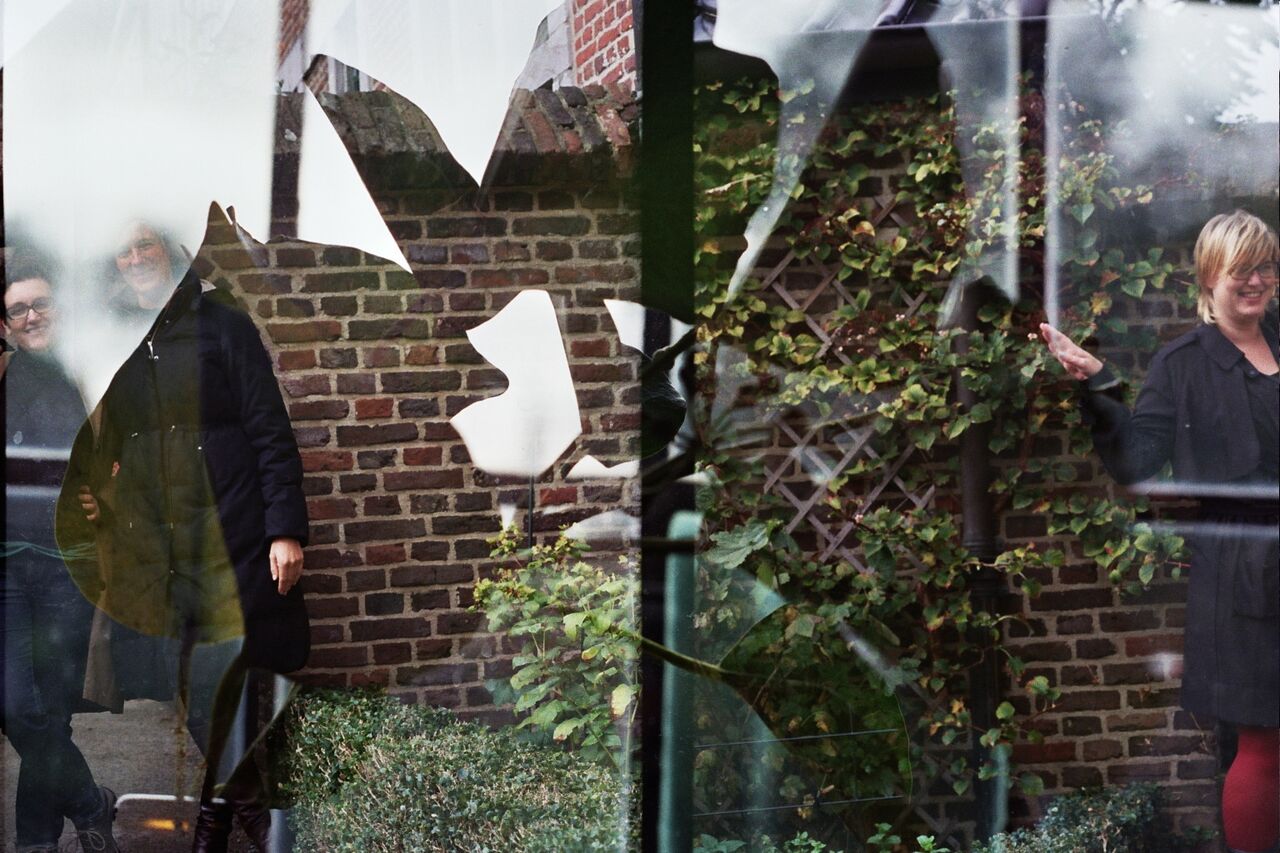
In autumn 2014, seven women came together to explore the futures of doing nothing, through a series of prehearsals and pre-enactments. We sketched a future in which productive work and idleness could co-exist, addressing concerns around unsustainable work practices, stress, and work-related illness. As a way of steering their daily routines towards this desired future, we jotted down some notes to self, detailing things we could immediately put in practice. During a quiet hour after lunch, each of us wrote a journal entry, describing a day in our lives in this future. This became a personal backstory we then went on to prehearse.

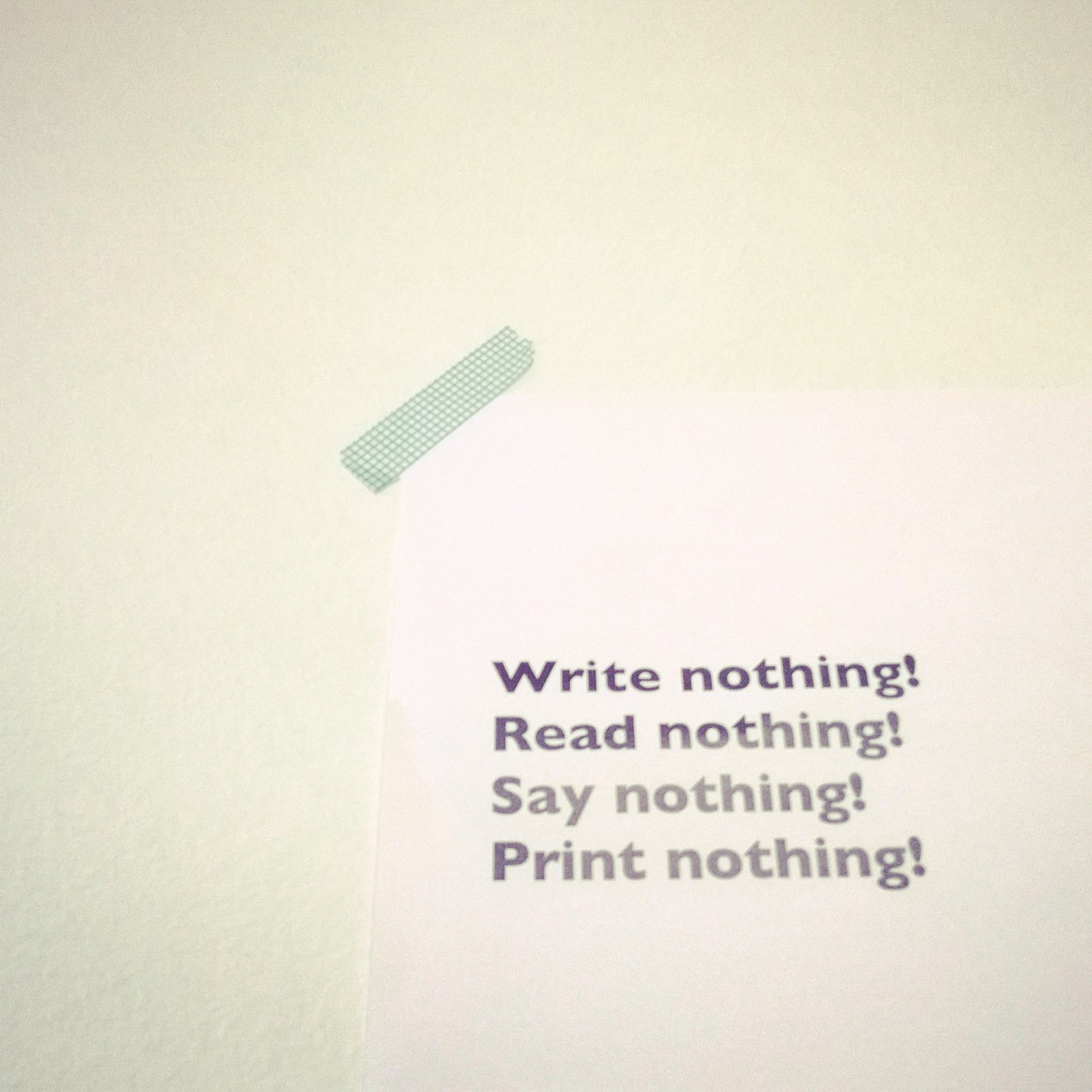
At the end of the workshop, we held an hour-long prehearsal. We imagined that we each had lived in our preferred future for 10 years, at which point we were invited to a reunion of those who’d participated in the original Futures of Doing Nothing workshop. During the prehearsal, we shared elements of our different backstories. Since we saw each other at the workshop in 2014 — when we were artists, administrators, and other members of the cultural proletariat — our roles had become more diverse: a forest steward and guerilla gardening grandparent; an architect who had renounced bricks and turned to unfoldable architecture; a slow-travelling community builder; an artist designing rituals for births, deaths, and marriages; and a silence doula.


Amid the wood panelling of the 18th-century dining hall in the Hasselt beguinage, we prepared tea and sweets, hanging posters and props that the participants had created to evoke their preferred future. For those entering this space, I set some minimal guidelines: “try to stay in character as your future self” and, whatever else you say or do, “don’t break the world”. Two FoAM members acted as party hosts, pouring drinks and starting conversations. We talked about who and where we were, what we were doing in 2024, and how we had gotten there from 2014. Conversations addressed how participants’ living and working conditions had changed, from one person undertaking slow performance tours piggybacking on global logistics infrastructure, to another who joined a silent community. After an hour, we crossed the threshold, travelling “back to 2014”.
In Hasselt, our transition from the prehearsal began when the host announced: “Our temporal window is only open for an hour. We have to travel back to 2014 before it closes. Someone will be waiting for you on the other side of the threshold. Come through, when you are ready.”
Beyond the doorway, another host welcomed people back to 2014, guiding us through a maze of corridors and a garden to FoAM’s Futures Lab.

A prehearsal can be mentally and emotionally demanding, so we invited the participants into a comfortable quiet space where they could decompress, sharing their experiences and reflections. Amid laughter and tears, a few participants signalled that they would be interested in a longer pre-enactment, based on their prehearsed role.

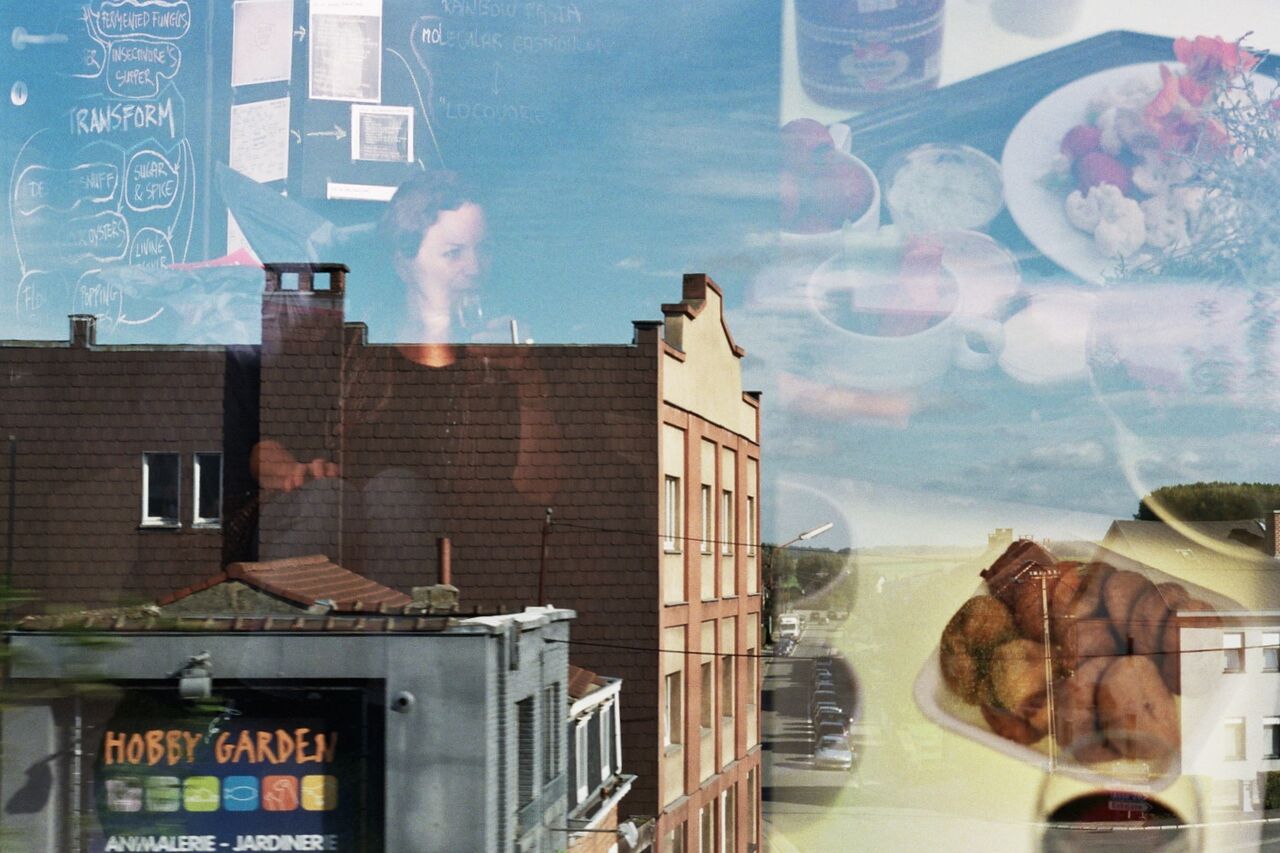
In one participant’s preferred future, she had become the founder and director of a Lab for Rituals. Her subsequent pre-enactment was held from sunrise to sunset on All Hallow’s Eve. It included a programme of rituals, discussions, and workshops about death and dying, open to a group of invited participants. FoAM’s core team (and a few of the original futures workshop participants) assumed relevant roles, designing a programme of activities and hosting the day, while staying strictly in character.

Since the lab was open to the public, and we had to interface with external suppliers, administration and logistics became part of the exercise. We reconfigured the FoAM studio to stand in as the imagined lab for 12 hours. Food, lighting, books, furniture, tools, materials, and even our clothing had to be aligned with the “director’s” image of her Lab for Rituals.
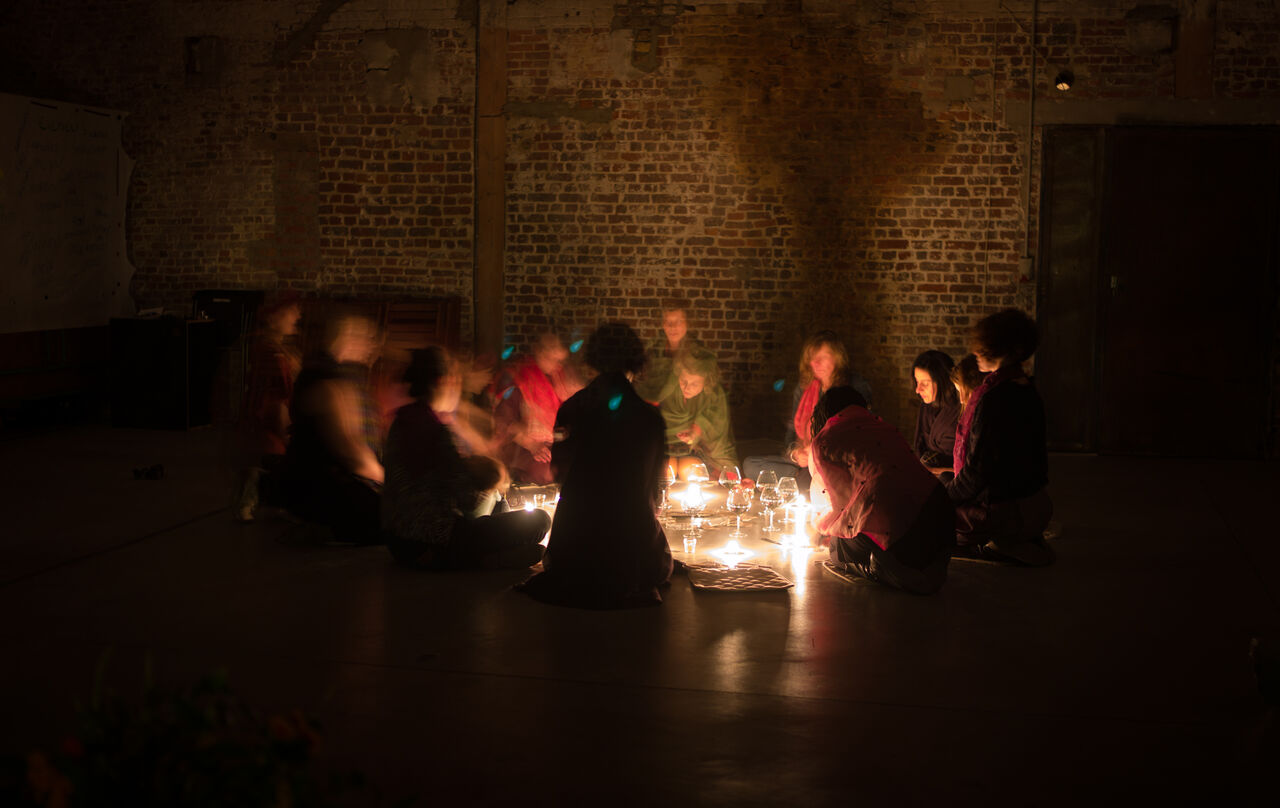
Whatever happened, we all remained within the pre-enactment’s magic circle. Most participating members of the public did not know whether or not the lab existed. Some knew the backstory, while others assumed that FoAM had taken a new direction; others still were so focused on the programme that they didn’t stop to question who had organised it.
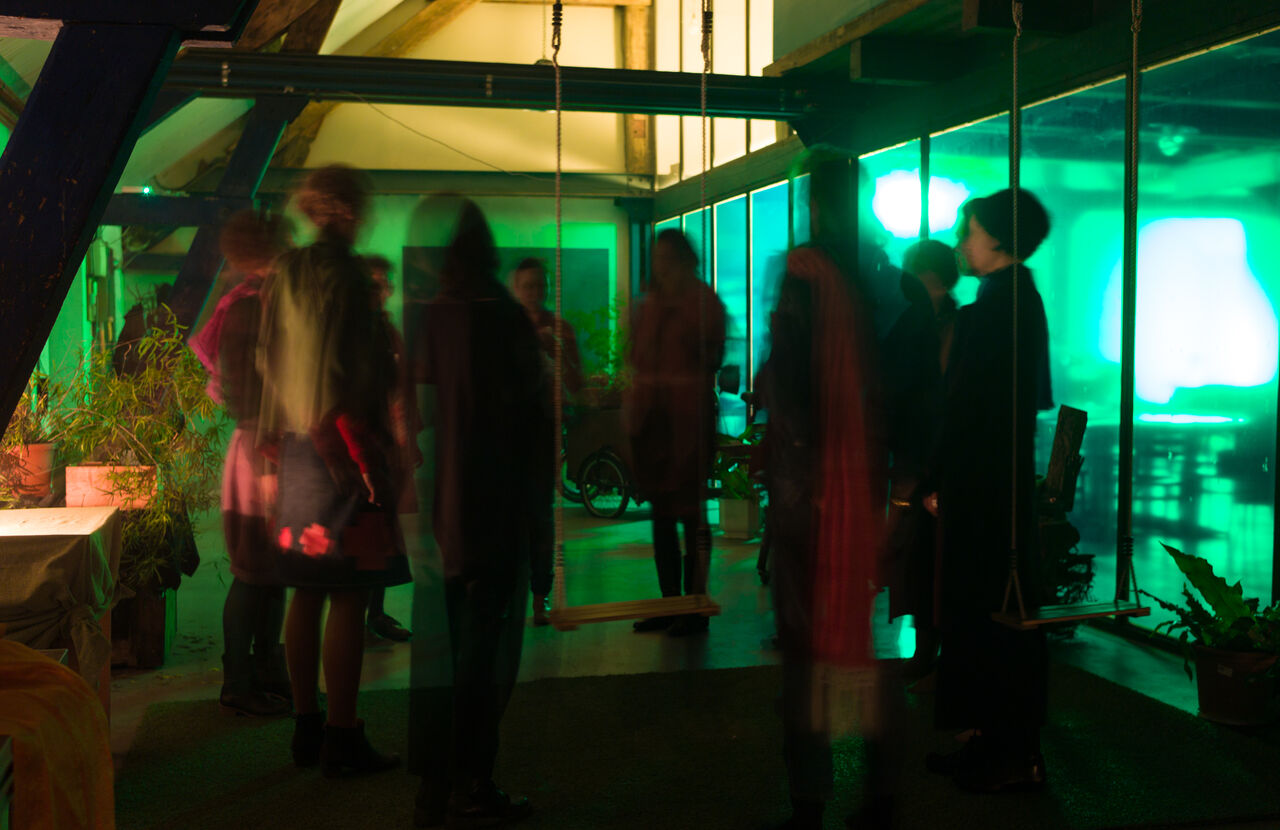
In the weeks following this pre-enactment, we worked on a detailed backcasting with the person whose future we pre-enacted. We helped her translate her insights into a research project and further public experiments. A year later, she transformed her professional life into a manifestation of her preferred future — and, in 2016, she started a company designing rituals for unacknowledged loss.
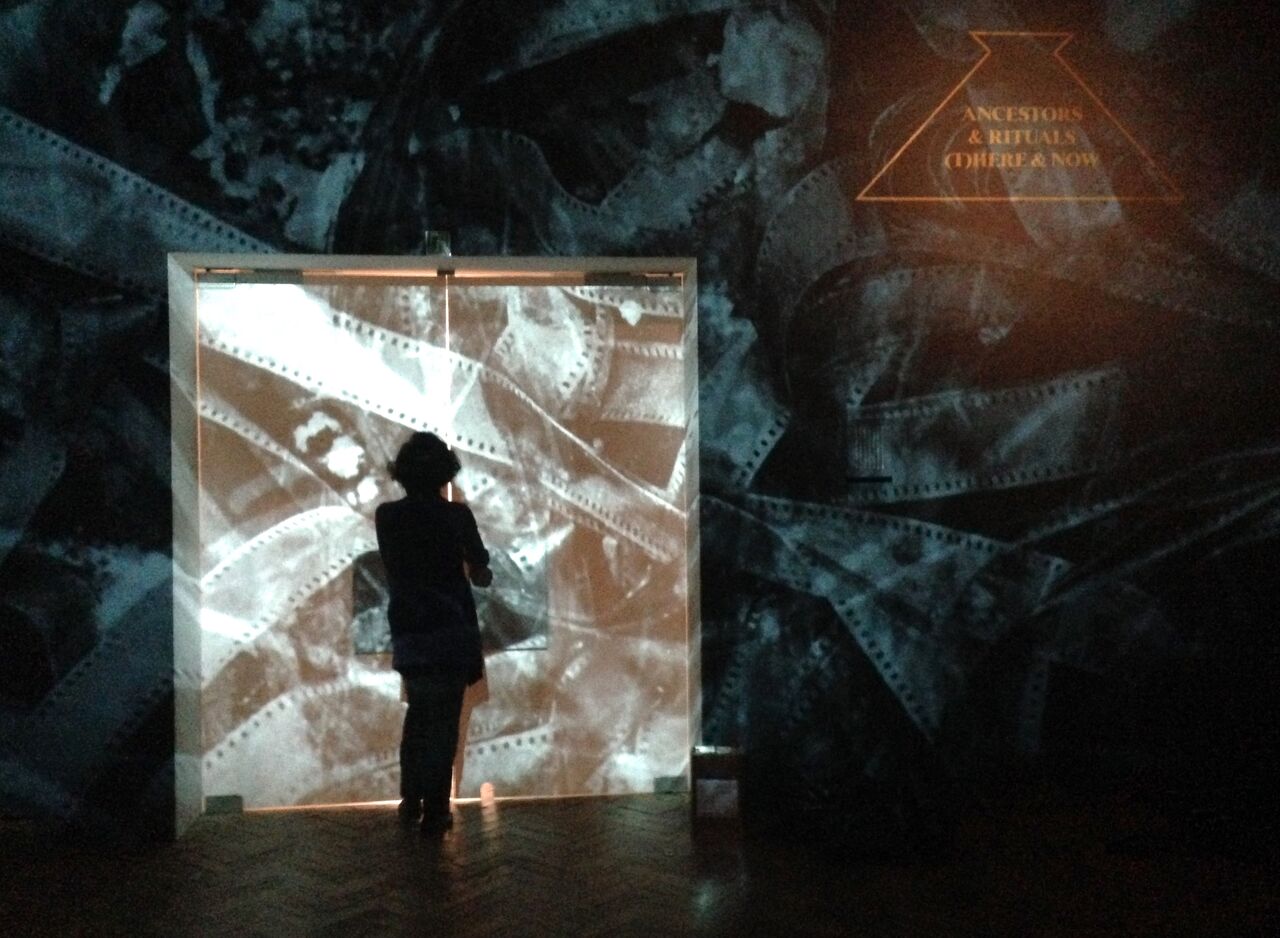
 Opening Ceremony of Ancestors and Rituals, (T)Here and Now, with FoAM & Beyond the Spoken
Opening Ceremony of Ancestors and Rituals, (T)Here and Now, with FoAM & Beyond the Spoken
🝓